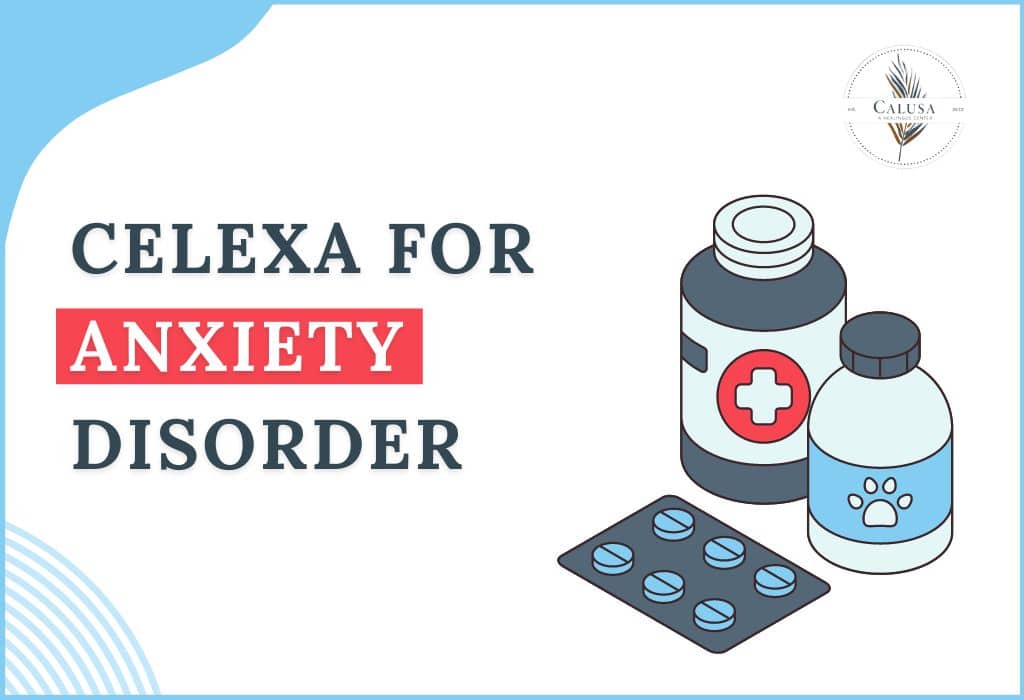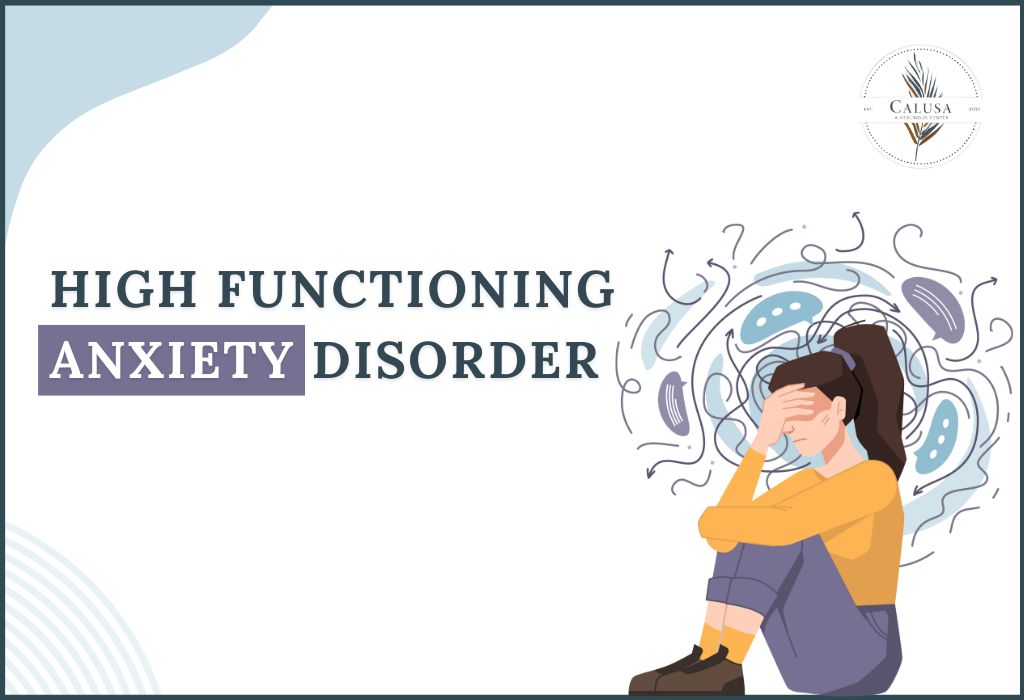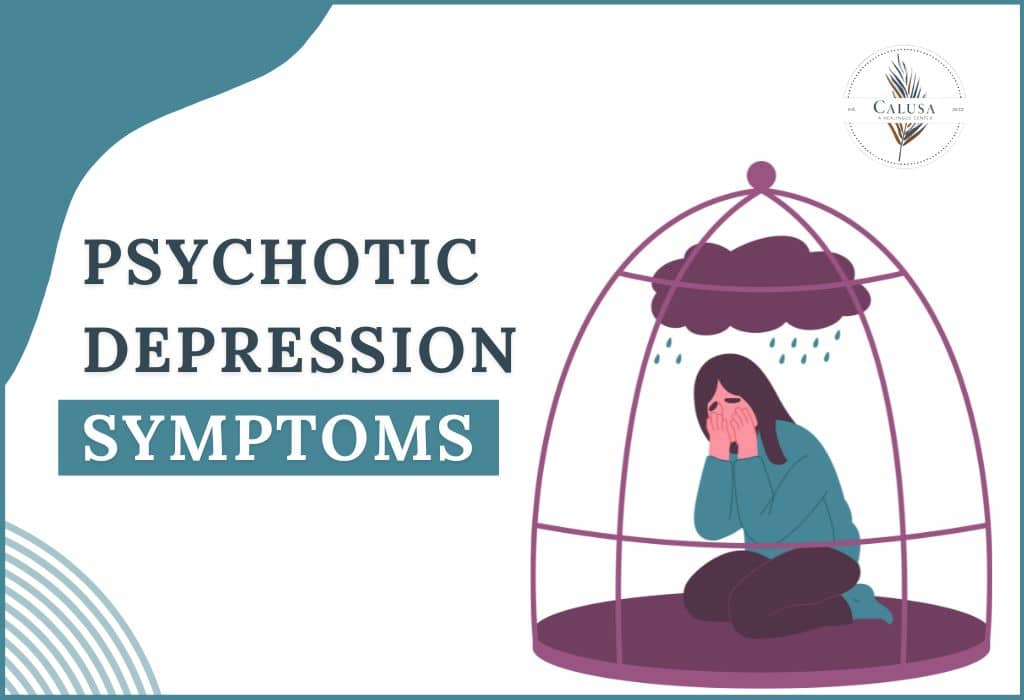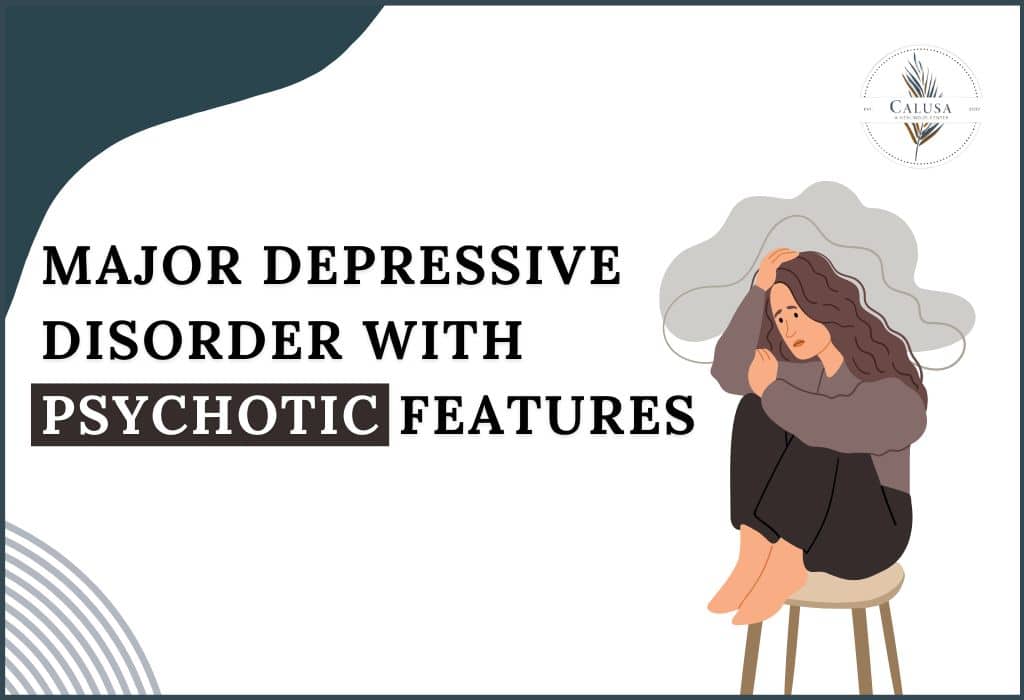In a world where more and more people have problems with their minds, finding good ways to help them is very important. Two popular ways to help with psychological problems are called Interpersonal Therapy (IPT) and Cognitive-Behavioral Therapy (CBT). They have been used a lot, they work well. This complete guide tries to explain what IPT and CBT are. It talks about where they came from, how they work, and the small differences that make them special compared to each other.
Before we move forward, it’s important to realize how big the worldwide effect of mental health problems is. Many people are dealing with problems like depression and anxiety, so the importance of treatments backed by proof becomes more important. According to the National Institute of Mental Health (NIMH), approximately 1 in 5 adults in the United States experiences mental illness each year. The strength of IPT in dealing with interpersonal problems and the power to change thoughts from CBT provide different ways for healing. This guide aims to equip people with facts and stats. It helps them make smart choices about their mental health journey by giving knowledge they need.
Let’s look into psychotherapy. We’ll explore relationships between people and how thoughts can be changed, helping you to know which kind of treatment will best meet your needs and wishes.
Understanding Interpersonal Therapy vs CBT
What is Interpersonal Therapy (IPT)?
IPT (interpersonal therapy) is a short-term, organized way of helping people. It pays close attention to the relationships others have with them and what’s happening in their social life. It is built on the idea that mental problems often connect to issues with friendships and social actions.
What is Cognitive Behavioral Therapy (CBT)?
Cognitive Behavioral Therapy (CBT), on the other hand, is a goal-focused way of healing that aims at messed-up thoughts feelings and actions. CBT tries to help people learn ways to handle stress and change their thoughts and actions. This helps them feel better mentally.
Interpersonal Therapy vs CBT: Comparing Principles and Techniques
Principles of IPT
IPT operates on the belief that improving interpersonal relationships can alleviate psychological distress. It focuses on four key areas: grief, role disputes, role transitions, and interpersonal deficits. APA says that IPT helps people who get depressed often not to have bad times again. It shows its long-term help for mental health improvement.
Principles of CBT
CBT operates on the principle that individuals’ thoughts, feelings, and behaviors are interconnected. It aims to identify and modify negative thought patterns and behaviors to bring about emotional and behavioral changes.
Techniques Used in IPT
In IPT, therapists use techniques such as communication analysis, role-playing, and problem-solving to improve clients’ interpersonal relationships and social functioning.
Techniques Used in CBT
CBT utilizes techniques such as cognitive restructuring, behavioral experiments, and exposure therapy to challenge and modify negative thought patterns and behaviors. A study shows that therapy, like CBT and IPT, can save money compared to other ways of treating mental health issues. It also gives ongoing financial advantages in the long run.
Interpersonal Therapy vs CBT: Effectiveness and Application
Effectiveness of IPT
IPT has been shown to help with depression, anxiety and other feeling disorders. It aims to make relationships better and can help people having problems with others. The World Health Organization (WHO) estimates that over 264 million people worldwide suffer from depression, making it a leading cause of disability.
Effectiveness of CBT
CBT has shown it can help with many mental problems like anxiety, fear, or obsession disorders. Its organized way makes it good for handling particular behaviors and thinking habits.
Application of IPT
IPT is often used with people alone or in groups. It’s been included to help treat mental health problems like eating issues, stress from bad events and drug use. A study published emphasizes the adaptability of IPT across different age groups. It has been successfully applied in children, adolescents, and adults.
Application of CBT
CBT is very often used in one-on-one or group therapy sessions. It has been changed to treat different mental health problems such as sleep issues, long-term pain, and handling strong feelings like anger through its use. Numerous studies highlight the effectiveness of Cognitive-Behavioral Therapy (CBT). CBT is particularly successful in treating anxiety disorders and depression.
Interpersonal Therapy vs CBT: Work Stages
Stages of Interpersonal Therapy (IPT)
- Beginning: The first step is to look at the person’s relationship problems and build a teamwork friendship with them. Finding out what issues are helps plan and solve them better.
- Middle: This part is about putting into action solutions that are made for the problems found relating to others. Methods like talking analysis and pretend games help people learn better ways to have healthy friendships.
- End: The last step focuses on holding onto improvements and getting clients ready to handle future personal issues all by themselves. The helper and person work together to make a plan for keeping good changes going.
Stages of Cognitive-Behavioral Therapy (CBT)

- Assessment and Goal Setting: At first, counselors work with people to learn about their unique thinking and action problems. This part is about spotting bad thinking patterns, and actions and making real goals for help in therapy.
- Cognitive Restructuring: In the middle stage, we start working on changing our thinking habits. Clients work on difficult and changing unreasonable or wrong thought processes that cause emotional discomfort. Methods like brain change exercises help to make better ways of thinking.
- Behavioral Strategies and Exposure: In this stage, actions that can be done are used. Therapists and clients work together to change behavior, using methods like trying out new actions and facing fears. The goal is to change bad behaviors with better ones.
- Consolidation and Maintenance: The last part is about solidifying the improvements made in therapy and getting ready for future success. It’s important to keep making good changes on your own. The therapist and client come up with a plan together to help them manage themselves better in the future when new problems arise.
Interpersonal Therapy vs CBT: Emerging Trends

In the changing world of mind care, Interpersonal Therapy vs CBT also follows new ideas and uses better technology. The COVID-19 pandemic made more people use online therapy. A study from the American Psychological Association shows that more and more people are turning to online help with mental health issues. This makes it easier for many others to get therapy too. This part quickly looks at how these healing methods are changing with modern times. It makes sure they can help and be used easily in a world that’s always growing fast.
- Online Platforms and Teletherapy: The digital time has brought a new way to get mental health help. Both IPT and CBT are using online tools and phone therapy to help more people. Virtual talks make it easy for people to get help from home. This means that mental health support is now more reachable than before.
- Integration with Digital Tools: New tools give people fun games, ways to track how they’re feeling and tricks for extra help in their healing journey. Combining old-fashioned therapy with new digital tools makes the healing process better and helps people think about themselves every day.
- Cultural Sensitivity and Inclusivity: Understanding that people seeking help come from different backgrounds and cultures, IPT and CBT are now focusing more on being sensitive to culture. Therapists are using ways that fit different cultures to make sure everyone is included and the methods work for all people.
- Preventive Mental Health Measures: There is an increasing focus on stopping mental health problems within both IPT and CBT ways. Therapists are working together with clients to create ways of dealing with and building strength before serious mental stress happens.
Frequently Asked Questions (FAQs): Interpersonal therapy vs CBT
How do I choose between IPT and CBT?
Choosing between IPT and CBT depends on the nature of your psychological concerns. If you believe your symptoms are linked to your interpersonal relationships, IPT may be more suitable. If you want to focus on modifying your thought and behavior patterns, CBT might be a better fit.
Can IPT and CBT be combined?
Yes, IPT and CBT can be integrated into a comprehensive treatment plan, especially for individuals with complex psychological issues that require a multifaceted approach.
Are interpersonal therapy vs CBT suitable for all age groups?
Both IPT and CBT have been adapted for use with children, adolescents, and adults, making them suitable for individuals across various age groups.
How long does it take to see results with interpersonal therapy vs CBT?
The duration of seeing results varies from person to person, but both IPT and CBT are designed to be relatively short-term, with noticeable improvements often observed within a few months.
Conclusion
The journey through interpersonal therapy vs CBT, part of mental health treatments, shows many options. As we finish this complete guide, it’s clear that these treatment methods – though different from each other – have the same goal: to lessen pain and improve health.
The information and numbers show not only how common mental health issues are, but also the worldwide effect of proven treatments. IPT looks at how people relate to each other and CBT helps change thinking patterns. These two methods work well together for those who want to be healthy again. The change in age groups, money matters, and the growing world of internet therapy make the story more complicated.
In this always-changing area, where science and kindness come together, the decision about using interpersonal therapy vs CBT becomes a very individual one. Let this guide be like a compass. It will show the way to mental health and help people make smart choices about getting therapy. As we say goodbye, let’s use the chance for improvement and strength that these treatment methods can give to our lives.
At Calusa Recovery, our programs for mental health and drug and alcohol treatment put people first. After physical sobriety, we focus on developing character, which develops the body, mind, and spirit. Insecurities, worries, and fears must be addressed in sobriety. The unique “Recovery Matrix” program from Calusa will transform you into a completely new person.










